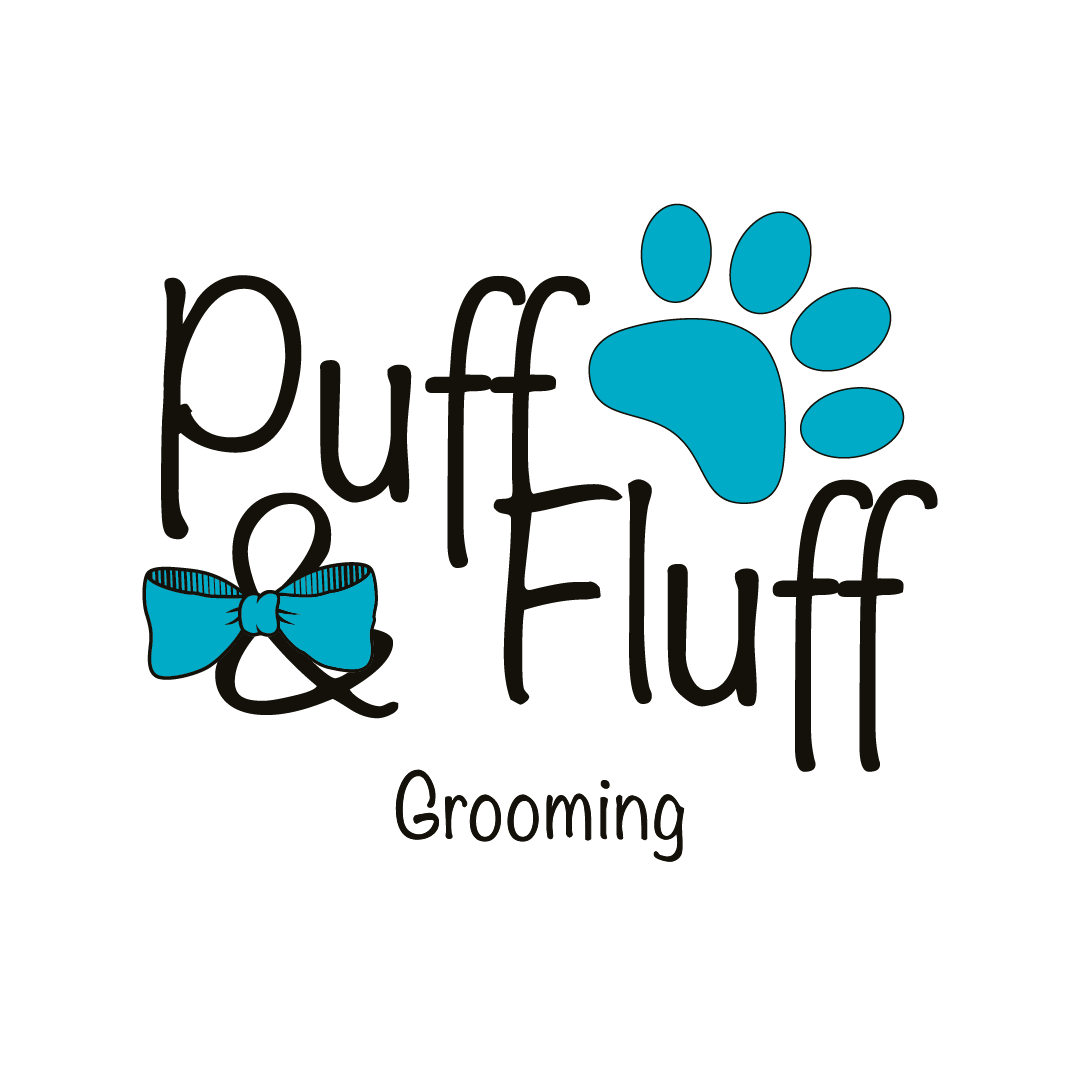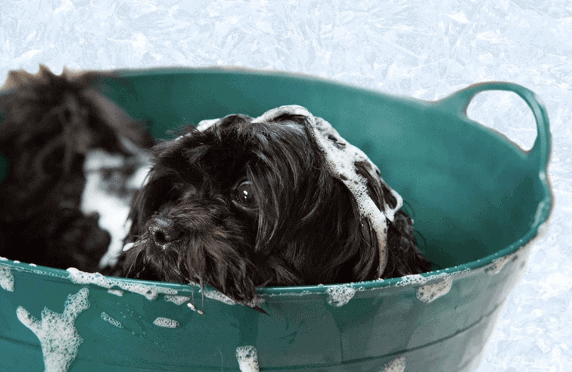Not all dogs like to be groomed - it’s a fact of life. For some pet parents, grooming is a nightmare scenario. Some dogs bite at brushes and blowers and refuse outright to be groomed.
Home Grooming Advice for Dogs That Don’t Like to Be Groomed
Source: Pixabay No Attribution Required
With grooming, there are two types of dogs. Many dogs enjoy being groomed – all that pampering, and attention is terrific. But, then, some dogs don’t enjoy being groomed at all. They will fight tooth & nail to avoid your fussing with them. We assume that dogs need to be bathed, trimmed, clipped, and regularly beautified as pet parents. Most dogs are not supposed to be groomed all the time – it’s detrimental to their overall health and wellness. The grooming process can be a little nerve-wracking, but you can put your faith in a trusted pet parents community with like-minded folks who understand what you’re going through.
Generally speaking, we should groom our dogs every 6 to 8 weeks. If you bathe your dog more than once per month, their skin will become dry and irritated. If you don’t wash them often enough, their skin will become oily, and they will start to smell incredibly bad. The same goes for trimming their nails – you want to do it often enough so that their nails don’t grow too long, but you don’t want to do it so often that they start to bleed. It can be really painful. Clipping their hair is also something that should only be done every 6 to 8 weeks, as too much clipping can damage their hair follicles.
Tips for Grooming Dogs That Don’t Enjoy Being Groomed
If your dog doesn’t enjoy being groomed, don’t fret. There are many things to do to ensure that the process goes a little easier. First, make sure that you are gentle and patient. Pet parents should implement a grooming regimen from an early age. It’s much easier to acclimate a young dog to grooming than getting an old dog opposed to grooming to accept it. Second, ensure that you have the right resources for doing the job. For example, if your dog despises getting its nails trimmed, invest in a high-quality pair of nail clippers. If they don’t like getting their hair cut, purchase a pet-friendly pair of scissors. Click Here if you want to learn more.
Third, make sure that the environment is calm and stress-free — groom your dog in a peaceful room with minimal distractions. If there are other pets in the home, keep them in a separate room while grooming the one dog. Finally, make sure that you reward your dog for its excellent behavior. Offer them a treat, a belly rub, or a pat on the head when they are all done. This will help them to associate grooming with positive things. And that’s the key – making grooming a positive, rewarding, and fulfilling experience for the dog.
Distract & Reward Your Dog to Make it Easier
If your dog fights you and doesn’t want to be groomed, consider what’s irking your pet. By being gentle and patient, using the right tools, and keeping the environment calm and stress-free, you can make the grooming process a lot easier for both you and your fur baby. A good idea is to begin the grooming process while the dog is distracted by something they enjoy doing. For dogs, this is usually eating meals or treats.
For example, bully sticks are long-lasting munchables that will keep your dog occupied for at least 20 - 30 minutes, depending on the breed. Bully sticks present you with the perfect distraction to get your dog groomed. Dogs that wolf down their food don’t give you a whole lot of time to play with, so a bully stick will always be a great idea. It’s not easy with a problematic dog. And it’s likely going to take several tries before you can get your dog to be anywhere near comfortable with cutting its fur, especially in sensitive areas. Dogs can’t speak, even though they desperately try to.
However, dogs have powerful jaws and sharp teeth, so never force anything that will make your pet uncomfortable, anxious, or scared. Don’t rush your dog. Take your time. If your dog is resistant, try to groom them in a quiet environment. Many dogs are highly receptive to being rewarded for their excellent behavior – that means treats, toys, and lots of affection. It’s a process, but the harder you try, the less blowback you will get from your furry best friend.

